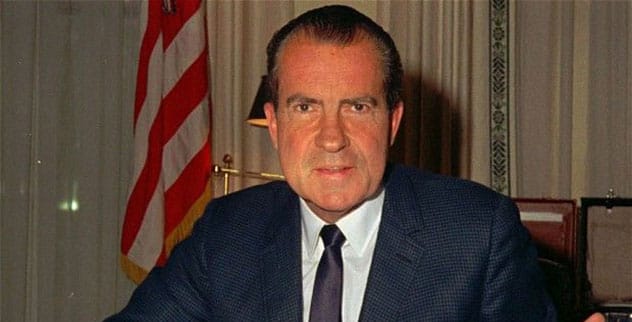Ever wondered who historians consider the least effective leaders of the United States? This isn’t about personal opinions; it’s compiled from the average scores of each president across 12 surveys conducted between 1948 and 2005. Let’s dive into the top 10 worst US presidents!
10. Calvin Coolidge (1923 – 1929)
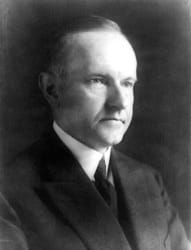
Coolidge’s presidency is often debated. He took a laissez-faire approach, which some criticize while others praise. For example, during the Boston Police Strike, his actions were seen both as decisive and as part of a broader lack of intervention. His reputation saw a boost during the Reagan era, but opinions remain divided.
9. Richard Nixon (1969 – 1974)
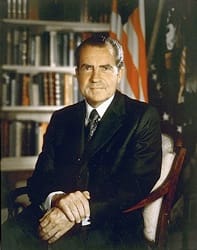
Nixon’s name is nearly synonymous with scandal. The Watergate Scandal, starting with a break-in at the Democratic Party headquarters, revealed a pattern of abuse of power. From tax issues to illegal campaign contributions and the secret bombing of Cambodia, Nixon faced severe accusations. Facing impeachment, he resigned in disgrace.
8. Zachary Taylor (1849 – 1850)

Taylor’s short term was dominated by the slavery issue. Despite being a slave owner himself, he took a moderate stance on the expansion of slavery, angering many Southerners. He urged California and New Mexico to apply for statehood without going through the territorial stage, further fueling tensions.
7. John Tyler (1841 – 1845)
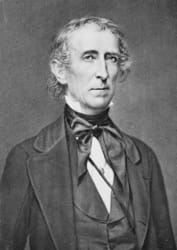
Tyler’s presidency was marked by conflict and a lack of support. Often referred to as “His Accidency,” he vetoed much of the Whig agenda, leading to his expulsion from the Whig Party. He became known as “the man without a party,” and faced an impeachment resolution due to his use of the veto power.
6. Millard Fillmore (1850 – 1853)
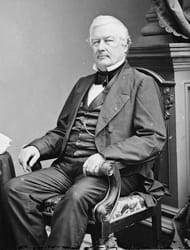
Fillmore became president after Zachary Taylor’s death and quickly shifted the administration’s policies. He signed the Fugitive Slave Act into law, a controversial move aimed at appeasing Southern slaveholding interests but which further divided the nation.
5. Ulysses S. Grant (1869 – 1877)
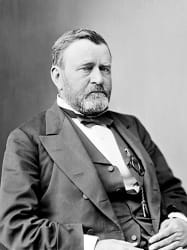
Despite his fame as a Civil War general, Grant’s presidency was plagued by scandals. The Black Friday financial crisis and the Whiskey Ring, where millions in taxes were stolen, tarnished his administration. While Grant wasn’t directly involved, his failure to address the corruption strongly impacted his legacy.
4. Andrew Johnson (1865 – 1869)
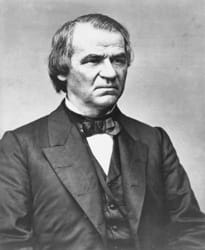
Succeeding Abraham Lincoln, Johnson clashed with Congress over Reconstruction policies. He vetoed civil rights bills and made controversial statements about race, leading to his impeachment. Though he wasn’t convicted, his presidency is viewed as a period of intense political conflict.
3. Franklin Pierce (1853 – 1857)

Pierce’s term was marked by personal tragedy and political turmoil. The Kansas-Nebraska Act, which he supported, repealed the Missouri Compromise and intensified the slavery debate. This act led to widespread outrage and the formation of the Republican Party. He is often seen as an ineffective and indecisive leader.
2. James Buchanan (1857 – 1861)
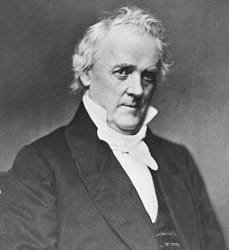
Buchanan’s presidency is largely considered a failure due to his handling of the slavery issue and the lead-up to the Civil War. The Dred Scott decision and the Panic of 1857 further destabilized the country. By the end of his term, seven states had seceded, and the nation was on the brink of war.
1. Warren G. Harding (1921 – 1923)
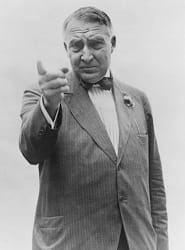
Harding’s presidency was riddled with scandals. The Teapot Dome affair saw his Secretary of the Interior go to jail, and many of his appointees, known as the Ohio Gang, were involved in corruption. Harding himself reportedly lamented the actions of his friends, recognizing their negative impact on his administration.
Afterword
It’s important to consider the context and circumstances of each presidency when evaluating their effectiveness. These rankings, based on historical surveys, provide a glimpse into how these leaders are perceived over time.
What do you think of this list? Share your thoughts in the comments below!


